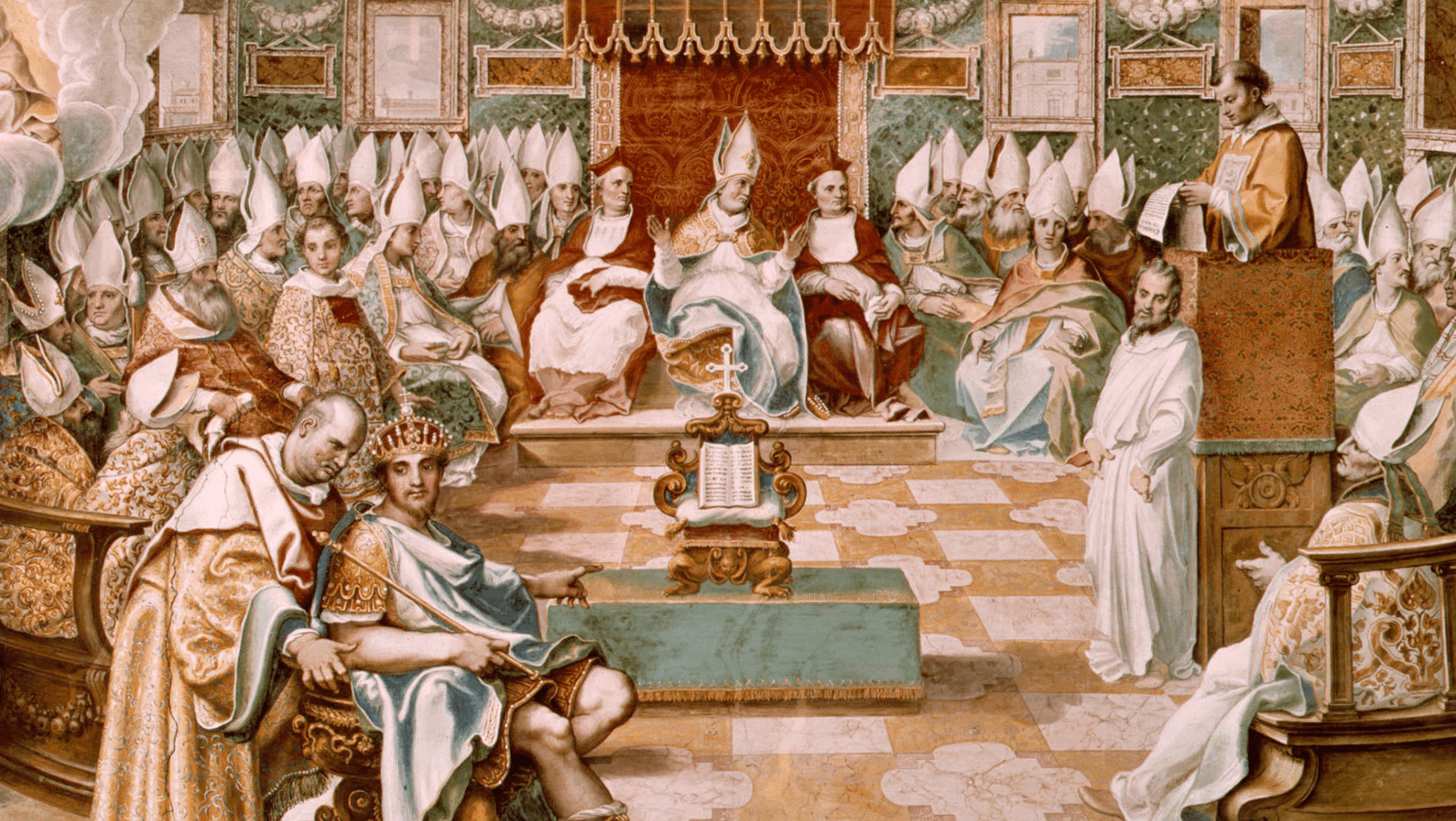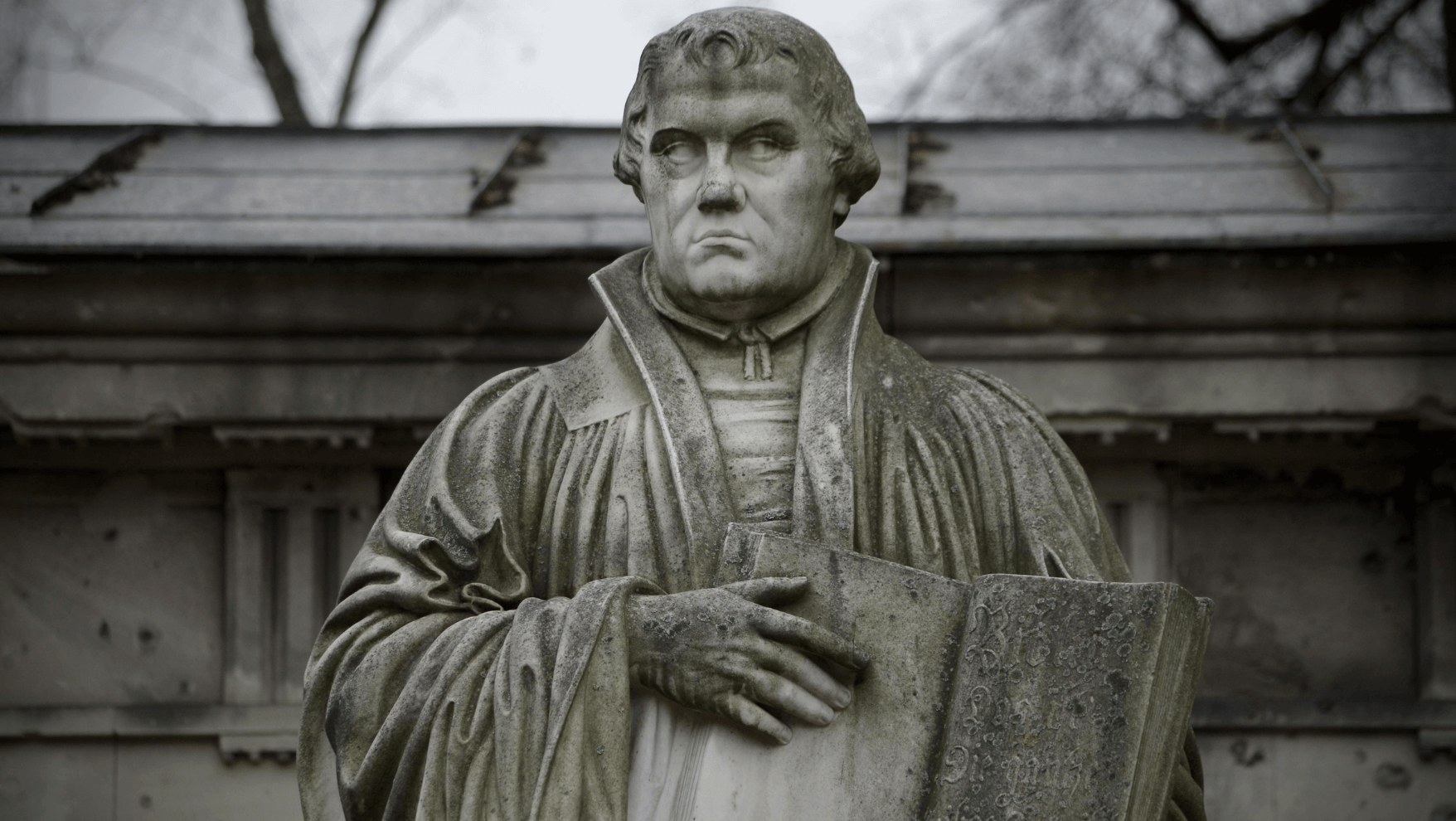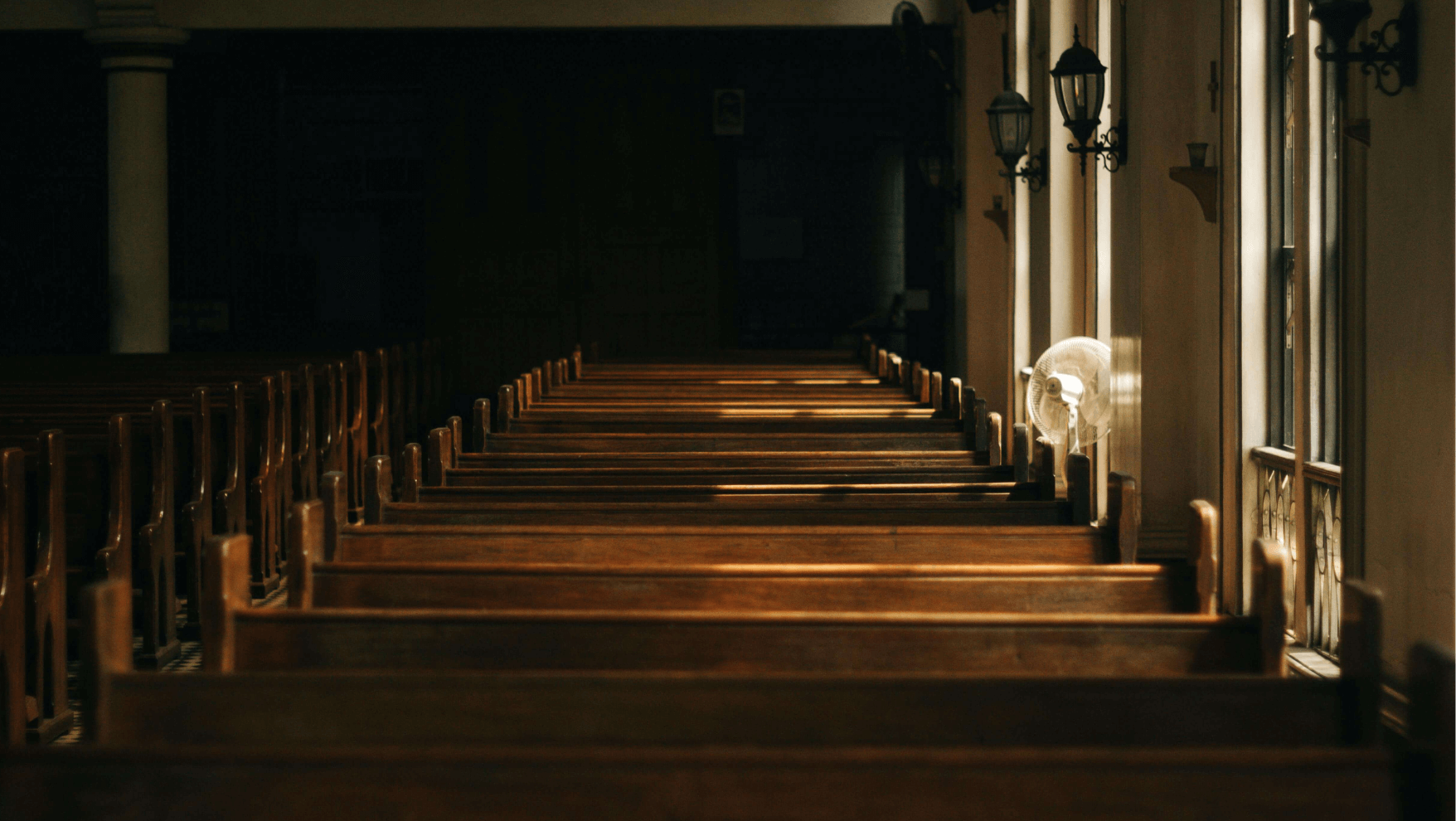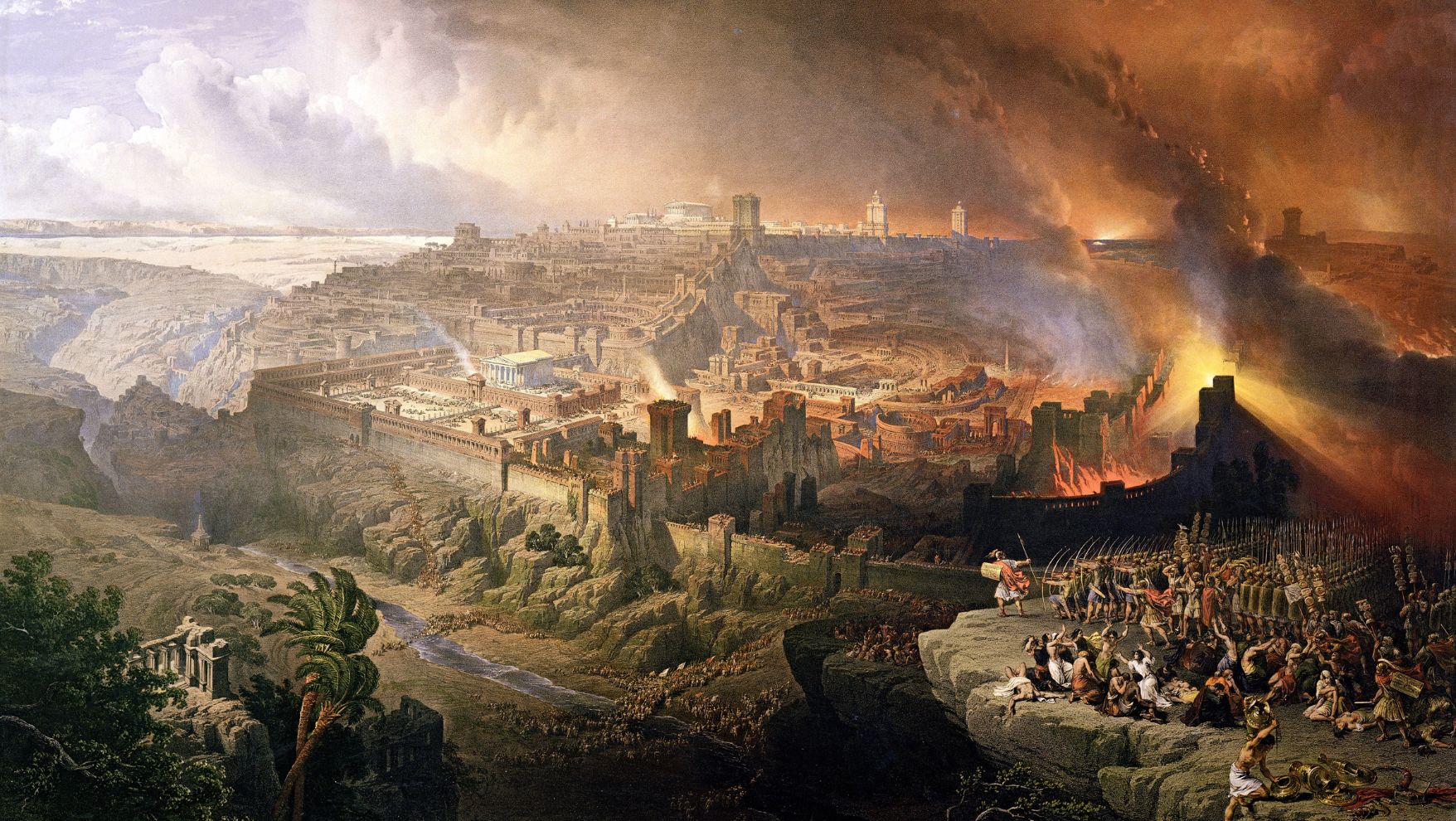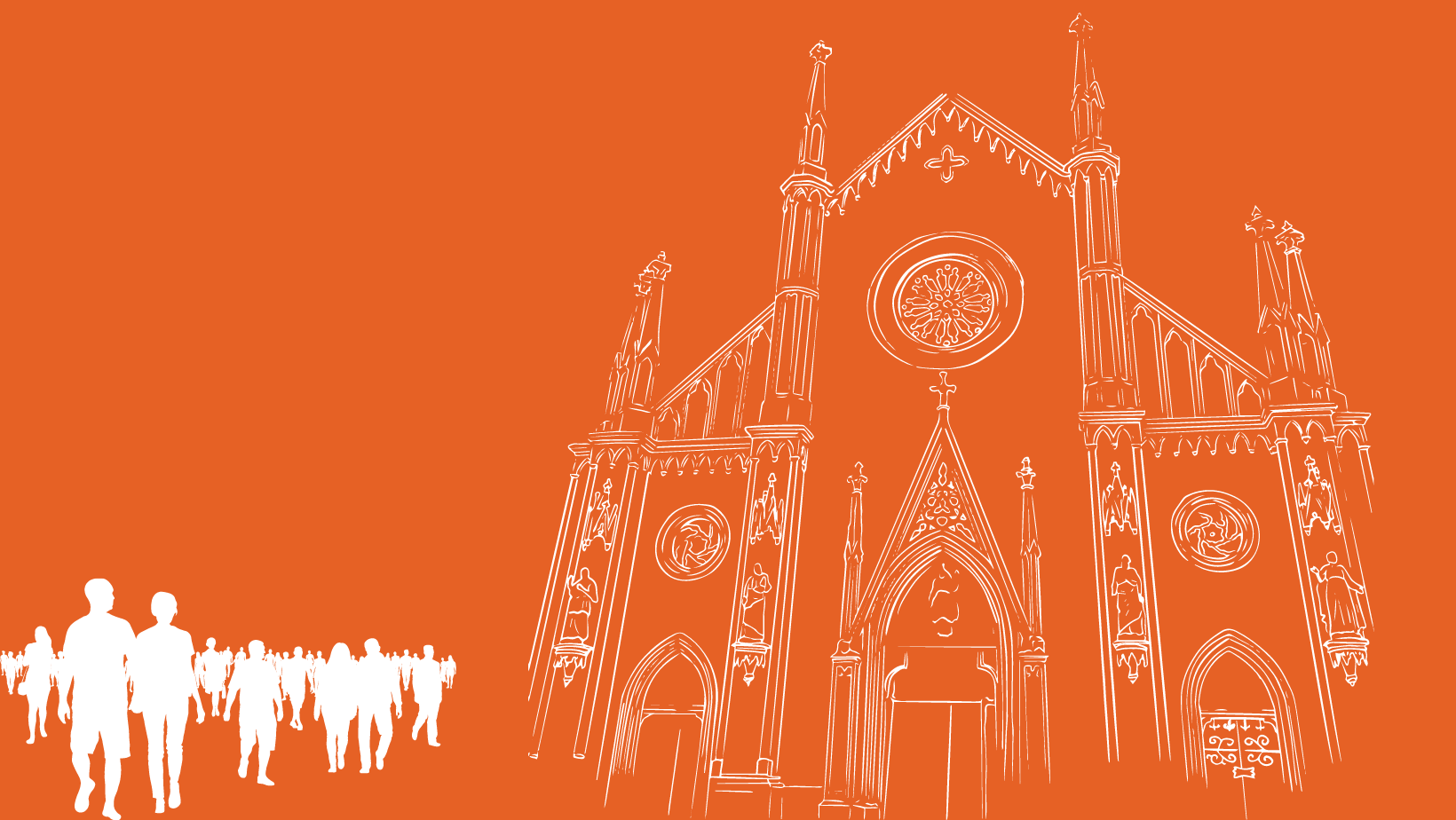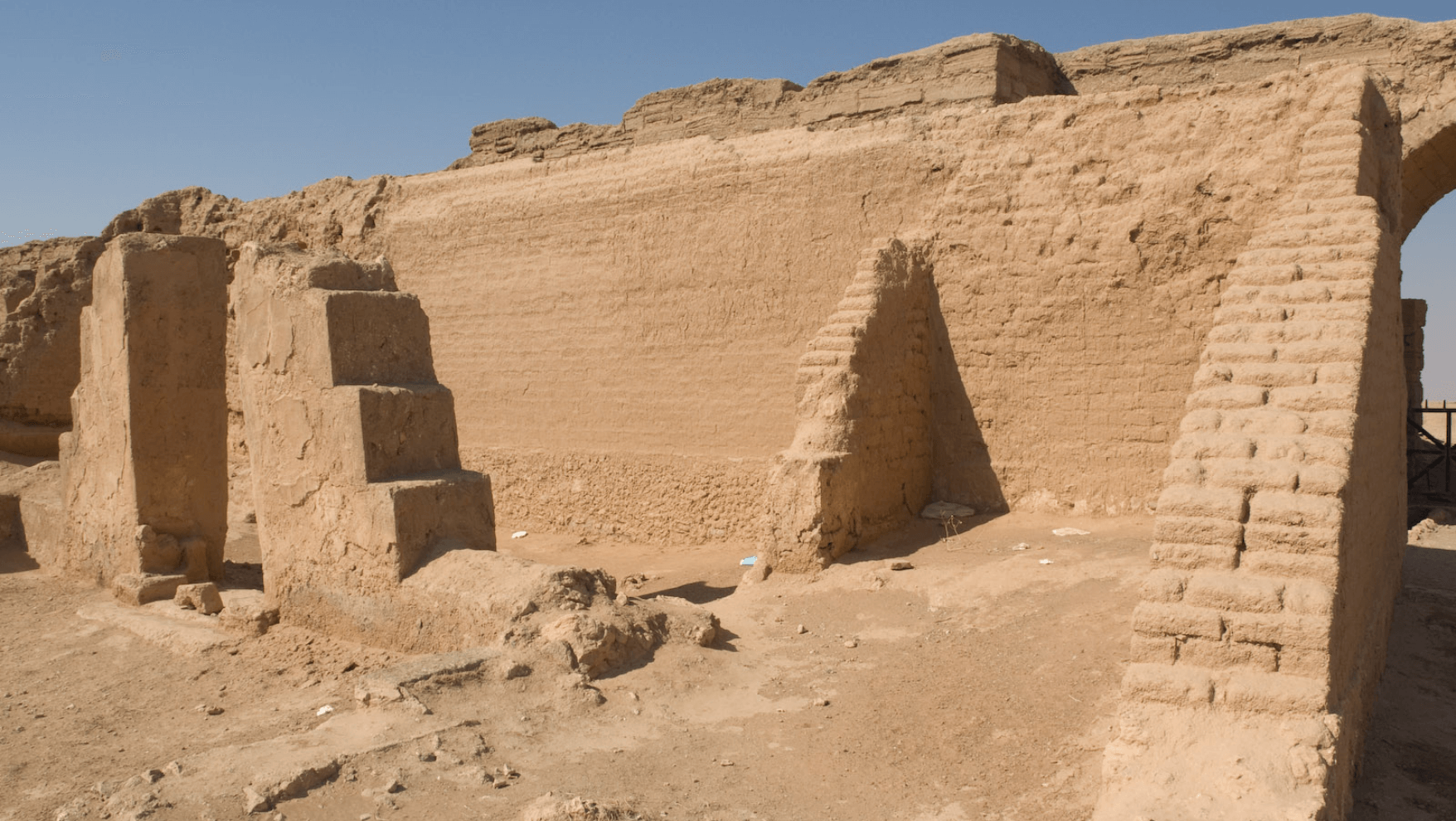
Outer walls of the house church. Photo by Marsyas for Wikimedia Commons
The Earliest Known Public Church Building
In the 1920s, archeologists uncovered what is likely the earliest meeting place for Christians ever found, according to Carly Silver. Located in modern day Syria, the Dura-Europos Church offers us some of the greatest evidence for what the earliest forms of Christian worship looked like. It has some of the oldest pieces of Christian art that have ever been found.
The building was originally a house and had been converted into a house church in about 241 A.D., according to Early Church History. During the early periods of Christianity, persecution was rampant, and congregations often met in homes since public buildings would have been destroyed. The church in Dura-Europos most likely met in a house that looked no different from other houses, so believers could practice their faith in secret.
Archeologists found a full baptismal in the church as well as full art pieces – some depicting Jesus, Mary and the apostles. The structure and layout of the church illuminate what early Christian worship practices might have looked like.
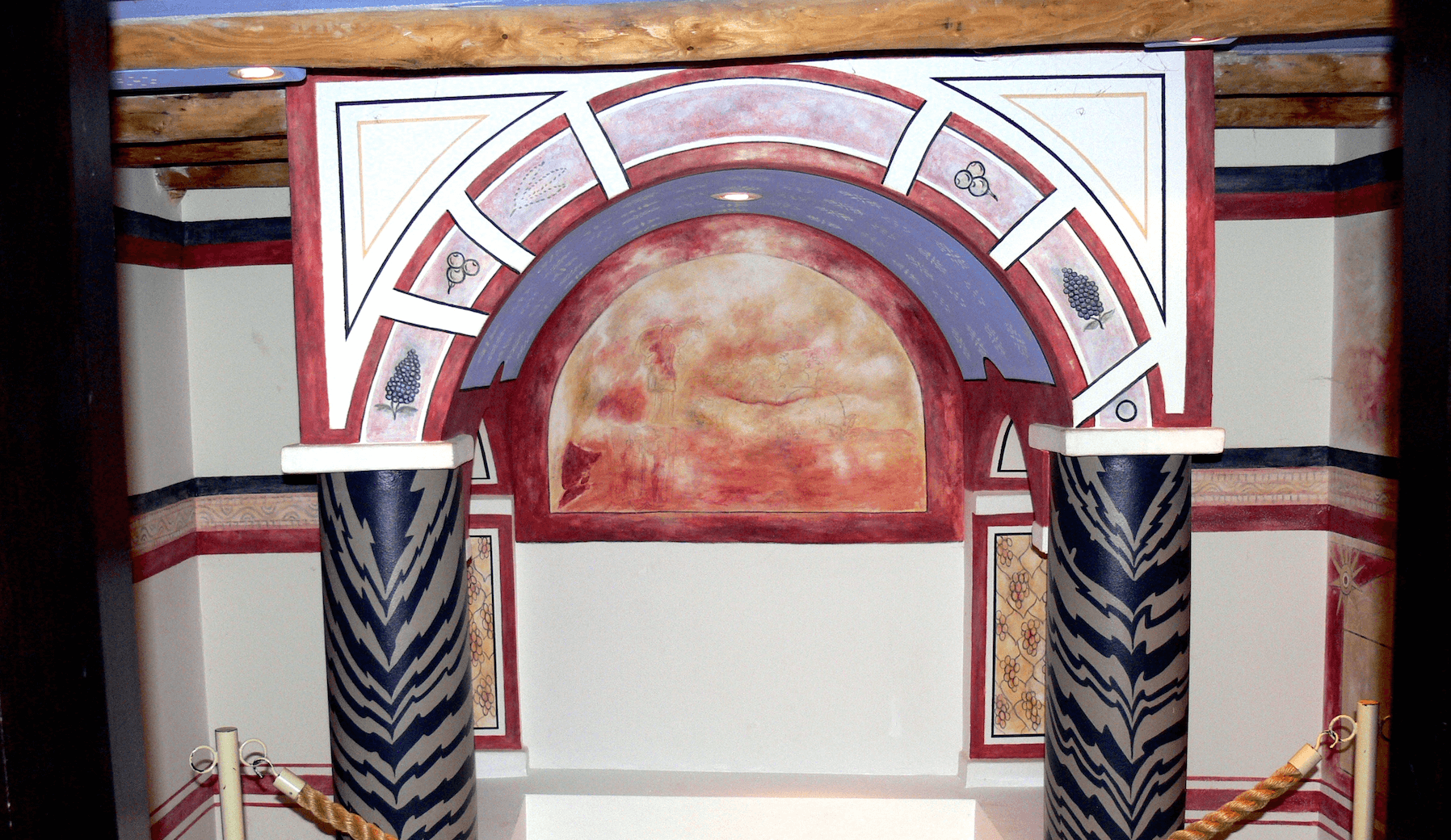
Renovated church baptistry. Photo by Wolfgang Sauber for Wikimedia Commons
First, the baptismal in the church features a tub of sorts for new believers to be baptized in. The earliest Christians practiced baptism by immersion, in which a new believer would be fully submerged into the water.
The practice of baptism by immersion aligns with the Didache, one of the earliest instruction manuals for worship in the church. The Didache was likely written in Syria in the latter half of the first century, and it provides modern Christians with important information about what early church practices looked like, including the practice of baptism: “The procedure for baptizing is as follows. After repeating all that has been said, immerse in running water ‘In the name of the Father, and of the Son, and of the Holy Ghost.’”
Section 4 in the image below shows the main sanctuary area in an open floor plan. The space allowed for believers to commune and worship together in unison. The Sunday service involved confessing sins, being in community and eating the bread and wine of communion together, according to Justin Taylor.
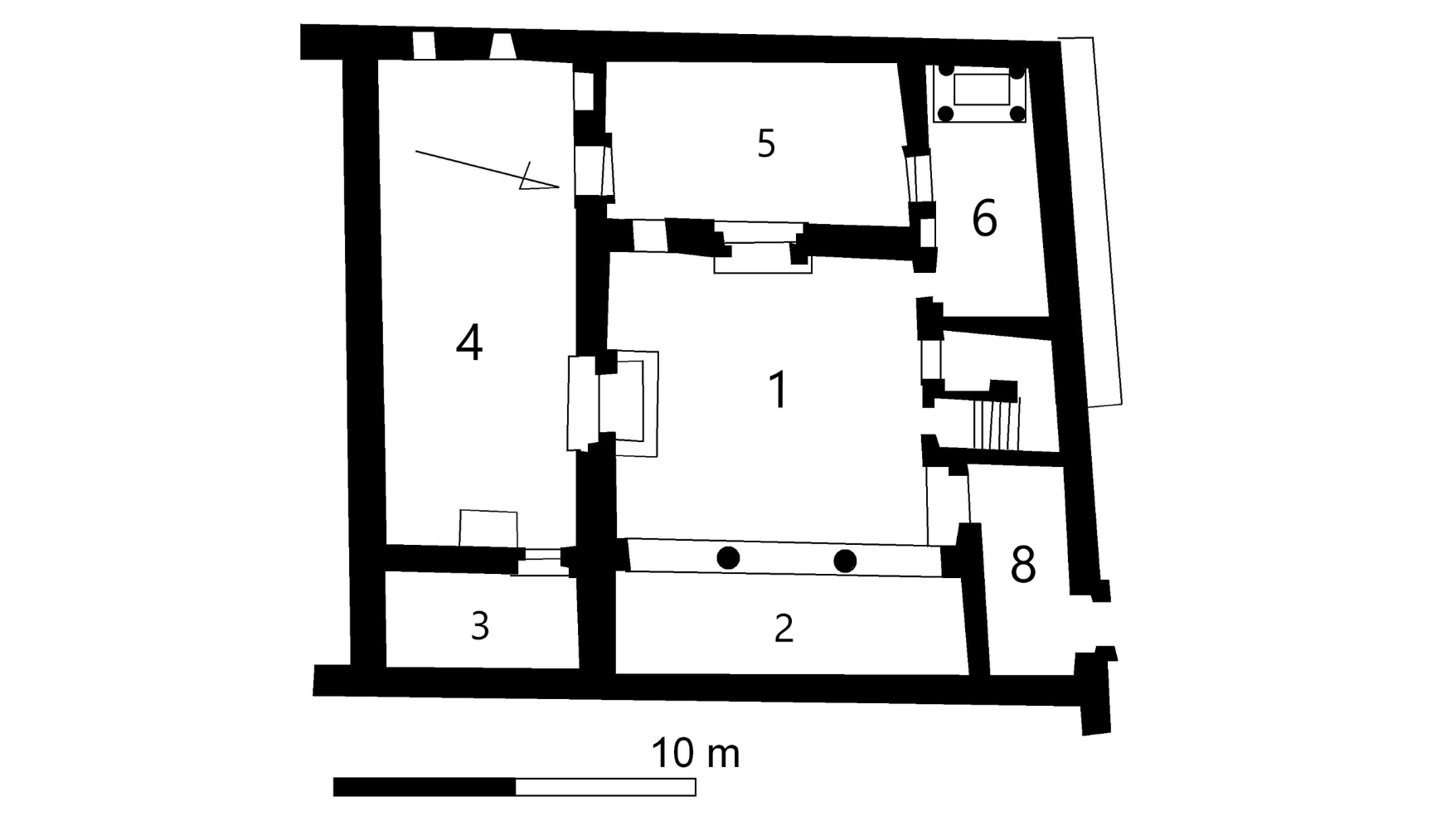
Church Layout (baptistry in top right). Photo by Carl H. Kraeling for Wikimedia Commons
Some of the earliest depictions of Jesus are shown on the art from the building. In particular, there are paintings that depict scenes of Jesus healing the paralytic and Jesus walking on the water with the apostle Peter.
There is also an image of a woman who is shown bending over a well. The woman shown on the wall is either the virgin Mary or the woman at the well in John 4, according to biblical archeologist Mary Joan Winn Leith.
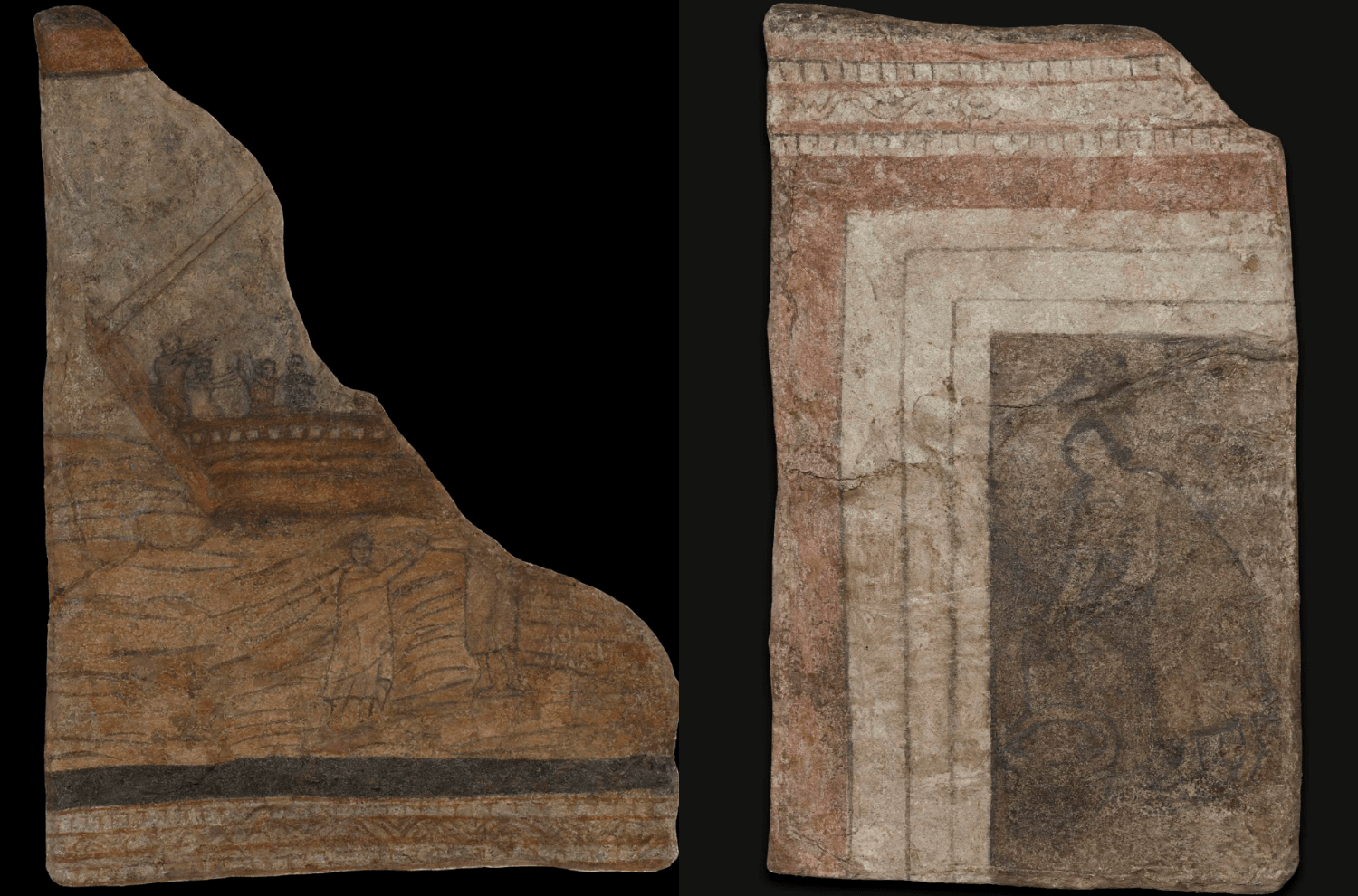
Images of Jesus and Peter; Woman at the well. Photos by Yale University Art Gallery for Wikimedia Commons
With the growing emergence of house churches, it seems that the church today may be slowly moving back to the rhythms of the earliest periods of Christianity. Although the corporate church may be declining, house churches are keeping the faith alive and well.
Modern Christian movements in the Middle East and other parts of the world must often meet in homes to avoid persecution, according to International Christian Concern. For example, the underground church in Iran is one of the fastest growing church communities in the world, and believers must meet in homes since they are not able to publicly worship, according to The Gospel Coalition.
Overall, the evidence found from the church in Dura-Europos can continue to inspire and fascinate modern believers, and some of their early practices may reflect modern worship practices in some circles.
Thomas is an undergrad college student who is currently studying theology. He has a strong passion for writing, and he loves using his gifts to make Christ known. He feels very blessed to have an opportunity to write about the work that Christ is doing all throughout His world.




